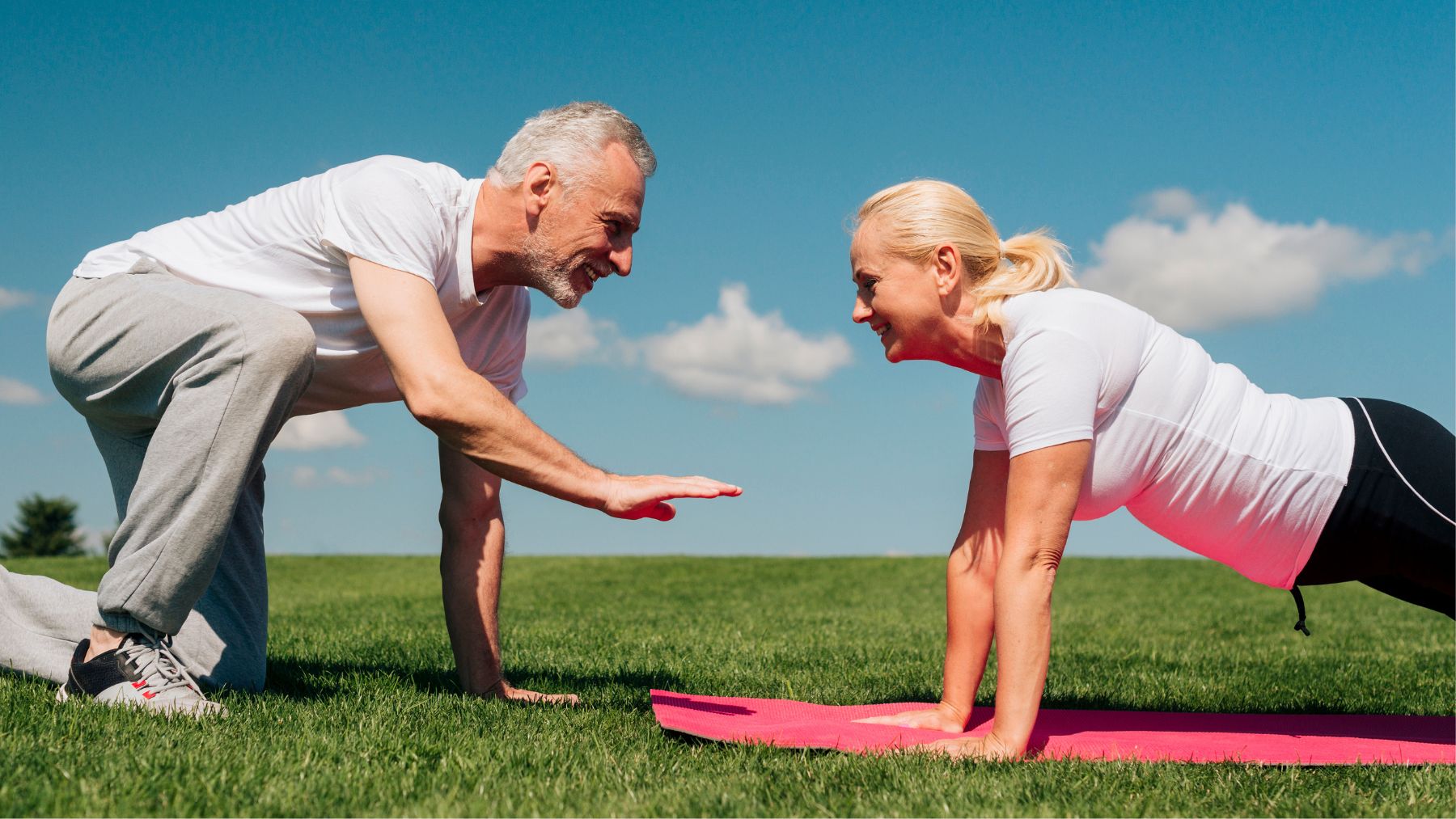For adults in their 70s and beyond, staying active is essential, not just for mobility or mood, but for longevity. A large study of older adults found that certain types of physical activity can lower the risk of death, even for people who start exercising later in life.
The research, funded by the National Institutes of Health (NIH), followed more than 250,000 adults for over a decade. Here, we’ll explore what the study uncovered about exercise and longevity, which activities offer the biggest benefits, and how seniors can safely stay active well into their later years.
What the study found on exercise and longevity
Researchers analyzed data from a national survey that began in the 1990s, tracking participants who were, on average, 70 years old at the end of the study. They looked at how seven types of recreational activities—walking, running, swimming, cycling, racquet sports, golf, and other aerobic exercises—related to mortality risk over 12 years.
The results were clear: older adults who met the standard physical activity guidelines—about 150 minutes of moderate exercise per week—had a 13% lower risk of death than those who were inactive. Every type of exercise provided a benefit, but some stood out more than others.
Racquet sports like tennis and pickleball topped the list, showing the greatest reduction in mortality risk. Running and jogging also ranked high, likely because they combine cardiovascular endurance with muscle strength and coordination. Even lower-impact activities, such as walking and swimming, were strongly associated with longer lifespans.
Dr. Eleanor Watts, the NIH researcher who led the study, emphasized that the key is consistency, not perfection. “The most important thing an inactive older adult can do to improve their health is find an activity that they enjoy and can stick with“, she said. Whether it’s golf, gardening, or brisk walks around the neighborhood, the goal is movement that feels sustainable and enjoyable.
Tips for seniors to exercise safely
Even small increases in activity can lead to big health improvements. If you’re over 70 and want to add more movement to your routine, it’s important to do so safely and with intention. Here’s how to get started and make it last:
- Check with your doctor first. Discuss your current fitness level, medications, and any health concerns before starting a new exercise plan.
- Start slow and build up. Begin with short sessions—10 to 15 minutes of walking or light stretching—and gradually increase your time or intensity.
- Mix it up. Alternate between aerobic exercises (like walking, cycling, or swimming) and strength training to keep muscles and joints strong.
- Include balance work. Try tai chi, yoga, or standing balance exercises to reduce the risk of falls.
- Stay social. Join a walking group, pickleball league, or community class. Exercising with others helps with motivation and makes movement more enjoyable.
- Listen to your body. If you feel pain, dizziness, or extreme fatigue, stop and rest. Adjust your pace rather than pushing through discomfort.
Even light daily movement—taking the stairs, gardening, or walking the dog—adds up over time. What matters most is finding consistency in activities you enjoy.

